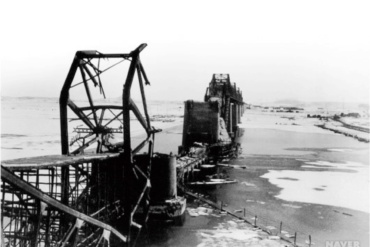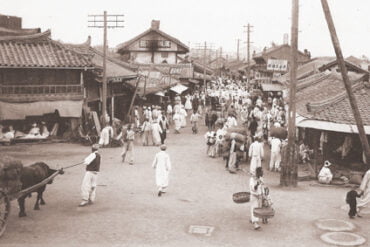If you really want to learn about early Korean-Western relations, you have got to start by looking at Nagasaki, Japan....
Words BY Robert Neff A hundred years ago, many Koreans spent their New Year appeasing evil spirits and throwing...
Ice covering the Han River provided winter recreation and summer refrigeration for Joseon Korea. Words by Robert Neff Prior to the twentieth century, the Han River generally froze over during the winter. This had the practical effect of isolating Seoul from the rest of Korea. The junks that supplied the...
The children of Joseon period Korea may not have had a holiday dedicated to them, but they still had to shoulder heavy domestic and scholastic responsibilities like their counterparts today.
Two days after the Korean War began, a disastrous decision to blow up the Han River Bridge resulted in the loss of hundreds of lives.
The six-century old Wongaksa Pagoda lay in ruins until Westerners in Seoul began to take an interest in it. One of the most interesting but least known historic sites in Seoul is Tapgol Park (탑골공원), also known as Pagoda Park.
The onset of night turned the busy streets of Seoul into dusky lanes frequented by veiled women, daring foreigners, sinister...
Words by Robert Neff, Photos courtesy of the Robert Neff collection As the primary way of accessing Seoul during the early...
Words by Robert Neff With the horrible destruction of the Korean War came abject poverty. People did whatever they could to make money and, unfortunately, many of them were forced to sell off their cherished heirlooms in order to put food on their tables and shelter over their heads. Often...
Photos courtesy of the Robert Neff collection The anti-Western sentiment pervasive in Pyongyang today has a long history, as historian...




